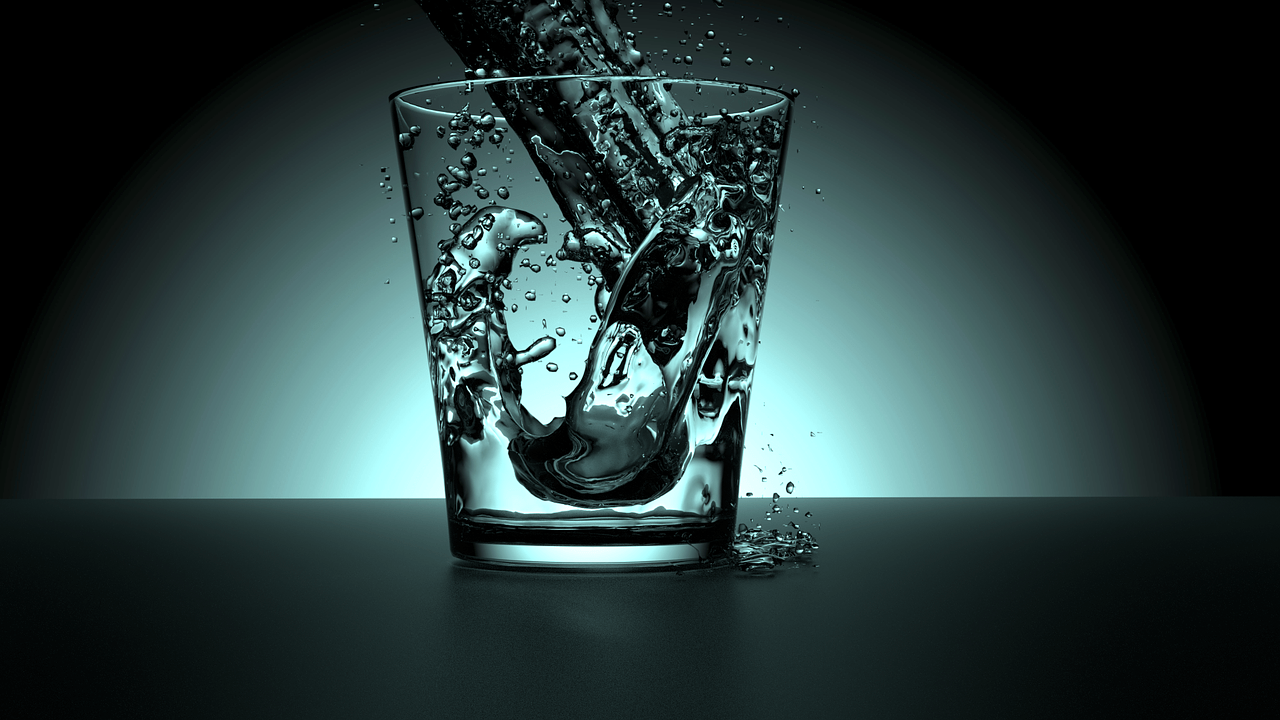Water is essential for life, and having access to clean, safe drinking water is a fundamental human necessity. However, according to the World Health Organization, approximately 785 million people around the globe still lack access to basic drinking water services. This lack of clean water has significant consequences, leading to diseases such as cholera, diarrhea, dysentery, hepatitis A, typhoid, and polio.
Researchers are constantly innovating to combat the global crisis of water scarcity, with their efforts primarily centered around the development of the best water purification technologies. These methods don’t just aim to elevate the quality and safety standards of drinking water but also work towards curbing energy consumption and mitigating environmental damage.
From Filtration to Distillation: Traditional Methods in Water Purification
Before delving into modern advancements in water purification technology, it is important to understand some of the traditional methods that have been utilized throughout history. The most common method has been filtration—one example being natural sand filtration that removes contaminants based on their size.
Another prevalent technique is distillation; this process involves heating water until it evaporates and leaves behind contaminants. The vapor is then collected and condensed back into liquid form(remove comma) producing purified water. However(distillations techniques)such as these are time-consuming and require high amounts of energy.
Moving Forward: Modern Advancements in Water Purification Technologies
With technological progress comes innovative solutions to complex problems like providing clean and safe drinking water. Here are some of the leading advancements making waves (pun intended) in the world of water purification:
Nanotechnology Filters
Nanotechnology is one revolutionary development that has brought about the production of advanced water filters. These nano-filters utilize particles with a size range of 1-100 nanometers to effectively remove contaminants from water. A popular material used in these filters is carbon nanotubes, which can easily separate harmful substances like bacteria and viruses while still allowing water to pass through.
UV LED Water Disinfection
Ultraviolet (UV) technology has been utilized for years in the disinfection process for air, water, and surfaces. Recently(remove comma) advancements have emerged involving UV light-emitting diodes (LEDs). These small devices emit UV light at specific wavelengths that destroy the genetic material of microorganisms present in the water—incapacitating them from multiplying and causing harm.
UV LED water disinfection not only offers rapid deactivation of harmful pathogens but also showcases exceptional energy efficiency as LEDs consume significantly less power than traditional lamps.
Forward Osmosis
This novel method combines an osmotic process with traditional membrane filtration. It works by using a highly concentrated solution to draw out contaminants from the water source through a semipermeable membrane, without applying any external pressure. As a result(trim), forward osmosis purifies water efficiently and economically — without the high energy consumption typically required for techniques such as reverse osmosis or distillation.
Graphene Membranes
Graphene is an allotrope of carbon consisting of a single layer of atoms arranged in two-dimensional honeycomb lattices. Known for its remarkable strength(remove comma) researchers are now developing graphene-based membranes that can filter various contaminants—including seawater—while maintaining incredible structural stability and low weight.
One standout attribute of graphene membranes is their customizable characteristics where researchers have the ability to adjust the size, add compounds like dopamine (which can be found in the human brain as well as some plants), and include bacteria-eliminating molecules. This serves as an example of how graphene’s versatility can be tailored to meet specific water purification requirements.
Overcoming Challenges: Issues Affecting Water Purification Technology
While there have been incredible advancements in water purification technology, several challenges remain. High energy consumption, expensive production costs, and limited accessibility to some of these technologies impede progress in delivering clean drinking water to those who need it most.
Therefore, ongoing research is directed toward overcoming these obstacles — with scientists and engineers working tirelessly on perfecting methods for wider applications at lower costs and reduced environmental impacts.
Conclusion
The pursuit for clean and safe drinking water persists as researchers make considerable progress in advancing water purification technologies. This includes innovative approaches such as nanotechnology filters, UV LEDs, sustainable forward osmosis techniques and the adaptability of graphene-based membranes.
However, like with any other solution, there are challenges associated with distillation methods that need to be addressed. Further research can unravel solutions to these problems and make clean water more readily available. Additionally, a collective goal for the future is to realize this endeavor of providing crystal clear refreshment universally

